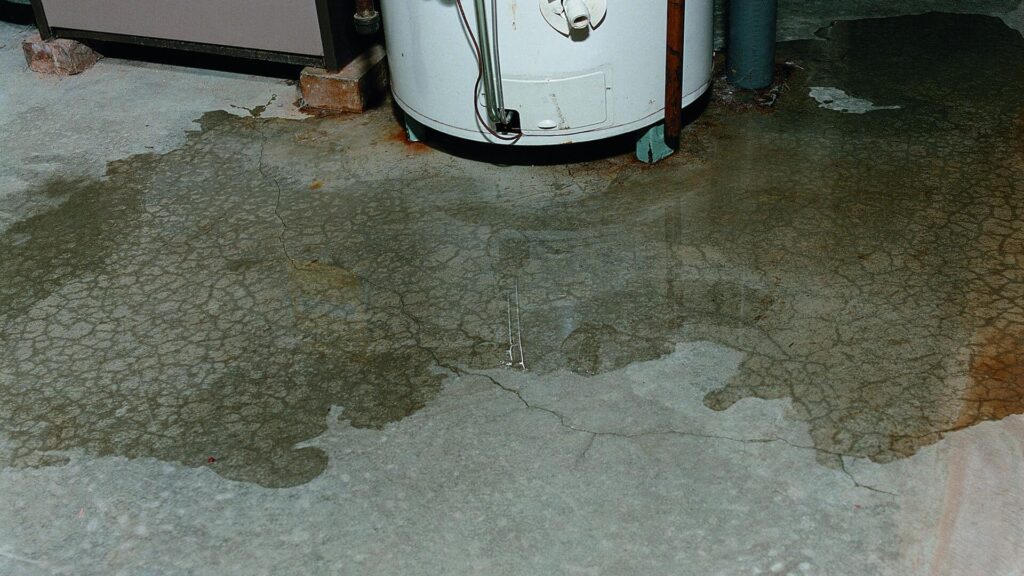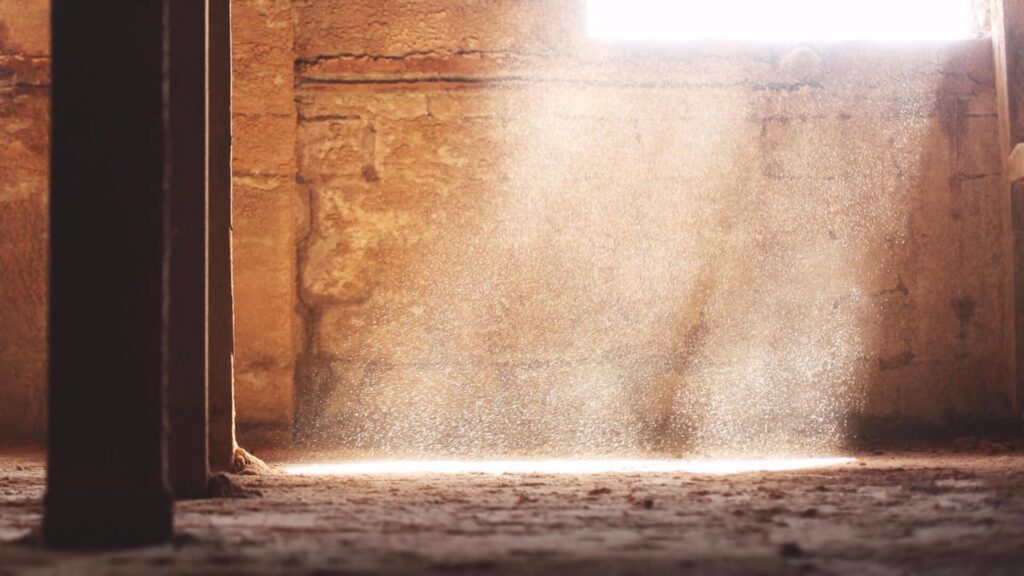The presence of mold is common after flooding. The environment is dominated by high humidity, which favors mold growth. To detect mold, our team uses several methods depending on the condition of the affected area.
Sampling technique
This method is applicable when mold begins to develop. Using a swab, you can determine the rate of mold growth based on the surrounding conditions. This helps to adopt solutions that prevent further development. Sampling can also be done using adhesive tape on affected surfaces to make mold visible for neutralization.
Molecule capture
This technique involves capturing oxygen molecules in the affected zone. The device analyzes air quality to detect mold presence, often using thermography.
Water infiltration inspection
When plumbing systems are defective, your home becomes vulnerable to mold formation. Water leaks increase humidity and promote mold growth if not addressed. During activities like cooking, laundry, or dishwashing, always check for water overflow and eliminate it promptly.
Sampling
Samples are collected using devices that vacuum mold cells from the environment. Mycelium fragments are gathered for analysis. Sampling is done on damp surfaces, areas exposed to capillary rise, wall edges, and drainage systems to evaluate mold presence accurately.
Microbiological analyses
Performed only in specialized laboratories, these analyses examine collected samples for chlorophyll and cyanobacteria. The results indicate mold volume and concentration, guiding protective measures for the affected zone.
Interventions to detect mold should be carried out before visible damage appears on walls or furniture. Professionals use devices to measure humidity levels inside the home.





